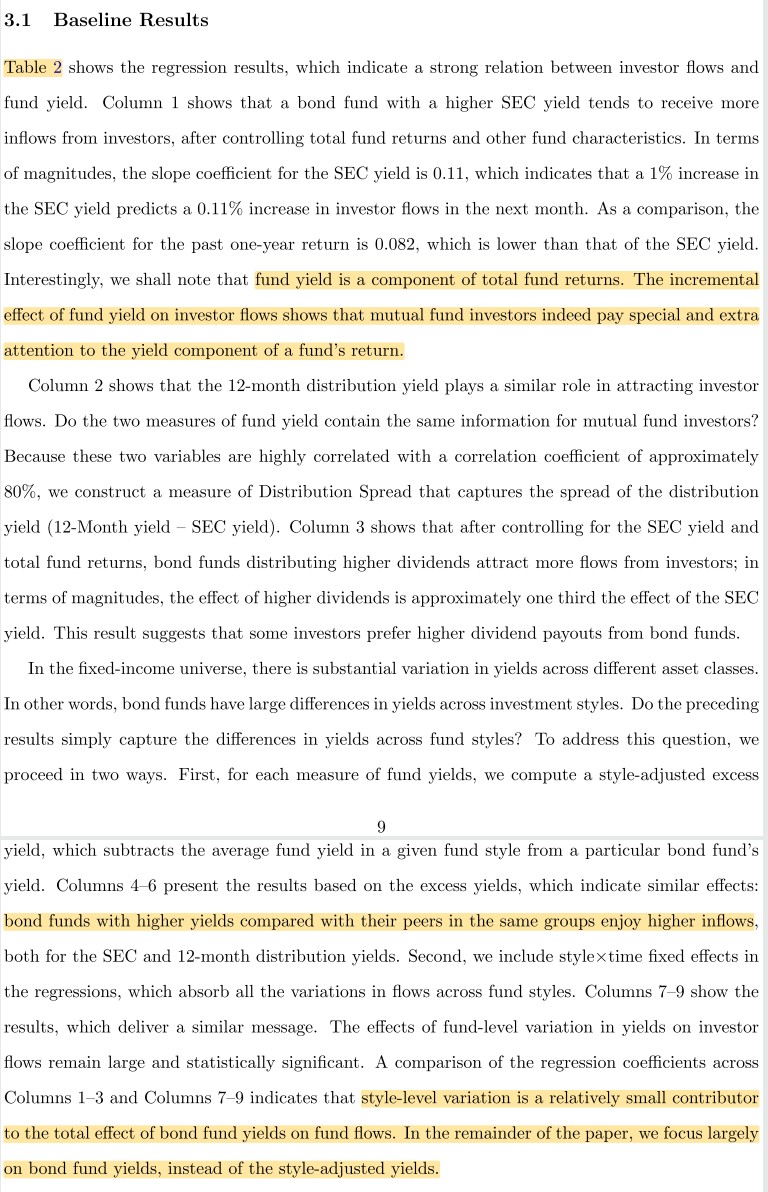
...
Proposed tax law changes
Wealth tax
Higher top marginal tax rate
More SS taxes for higher earners
Higher corp tax rate
No more 1031 exchanges
Increase in LT cap gains to 39.6% for those earning $1 million+
MTM treatment for unrealized cap gains
...
accountingtoday.com/opinion/bidens…
Proposed tax law changes
Wealth tax
Higher top marginal tax rate
More SS taxes for higher earners
Higher corp tax rate
No more 1031 exchanges
Increase in LT cap gains to 39.6% for those earning $1 million+
MTM treatment for unrealized cap gains
...
accountingtoday.com/opinion/bidens…
From an investor's point of view, high long-term capital gains rates and mark-to-market would seem to encourage higher-turnover trading.
You'd have to be a heck of a trader to make up the difference between the old and new tax rates, but a lot of people would probably try.
You'd have to be a heck of a trader to make up the difference between the old and new tax rates, but a lot of people would probably try.
This might also encourage traders to adopt high-Sharpe strategies (yes, Sharpe as opposed to Sortino) in order to smooth out their incomes and avoid getting into higher tax brackets.
(So maybe more diversification, carry trading, and *left* tail hedging)
(So maybe more diversification, carry trading, and *left* tail hedging)
https://twitter.com/ReformedTrader/status/1282829599814979584
This might lead to *right* tails being under-hedged and a new opportunity, though one that might be hard to exploit with the new tax rules.
Inflation (and other side effects of a government that loses fiscal discipline) could also lead to right tails that no one is ready for.
Inflation (and other side effects of a government that loses fiscal discipline) could also lead to right tails that no one is ready for.
• • •
Missing some Tweet in this thread? You can try to
force a refresh

































